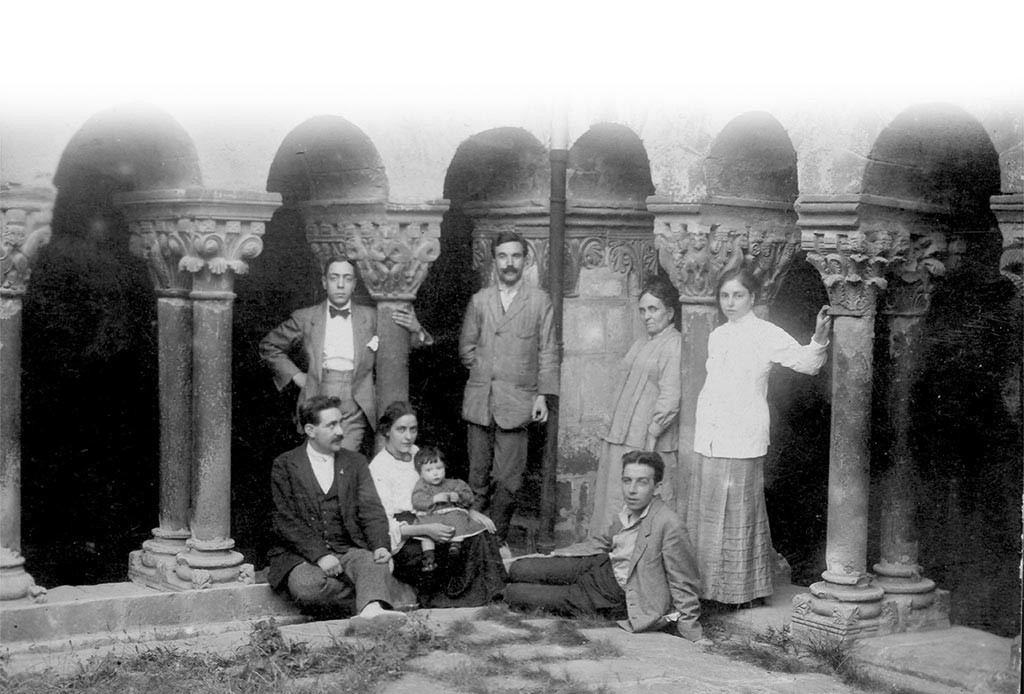Get to know L’Estany
The monastery and L’Estany
The Augustinian community at the monastery of Santa Maria de l’Estany was founded in 1080 on an elevated spot on the far north-eastern edge of the natural lake that existed at that time, a site which may already have been occupied in Roman times.
Thus, the history of L’Estany is closely tied to the monastery of Santa Maria, a monastic institution which, between the twelfth and fifteenth centuries, acted as the feudal lord dominating the territory politically, economically and socially. The first inhabitants of L’Estany depended on the monastery for their livelihoods, either as monks’ servants or working its lands.
The monastic system was enormously powerful and already in the sixteenth century it drew up plans to reform the network of channels around the lake in order to control the flow of water. In the eighteenth century, despite its decline in power, the monastery ordered that the lake be drained definitively, a sign that strategic decisions about the territory and its inhabitants were still in the hands of the church at that time.
However, once it became simply a parish church some time between the nineteenth and twentieth centuries, the monastery lost all of its power over the territory and the local population. Today the monastery and its associated properties are part of the identity of the inhabitants of L’Estany and local people have always regarded it as part of their cultural heritage.
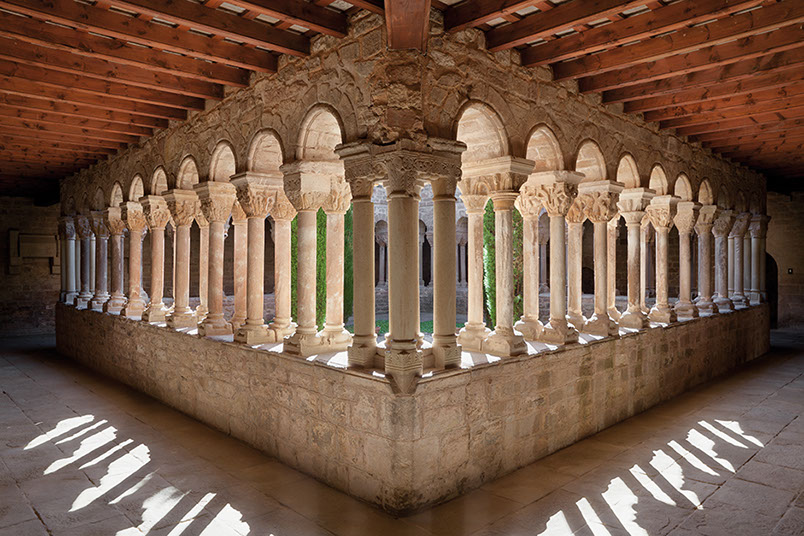
Claustre del monestir de Santa Maria
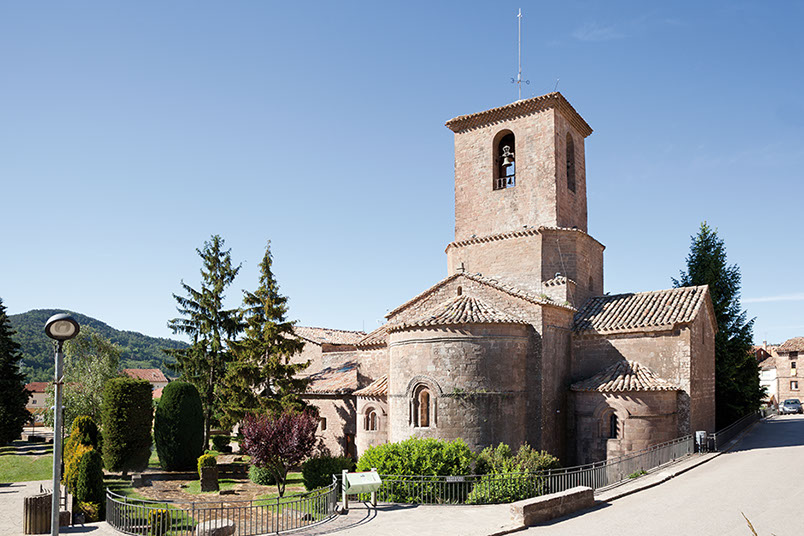
Part posterior amb l'àbsis principal del Monestir de Santa Maria
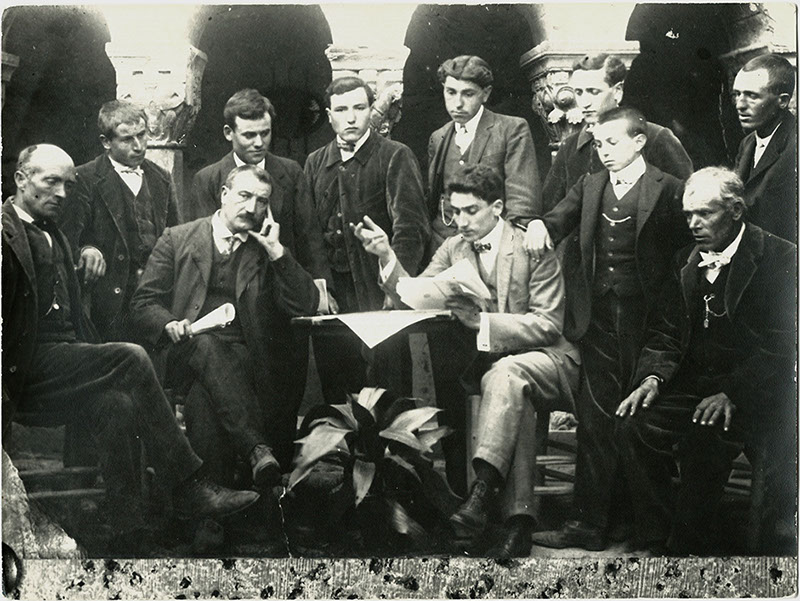
Amics del poeta Felip Graugés al claustre del monestir.Inicis del segle XX.
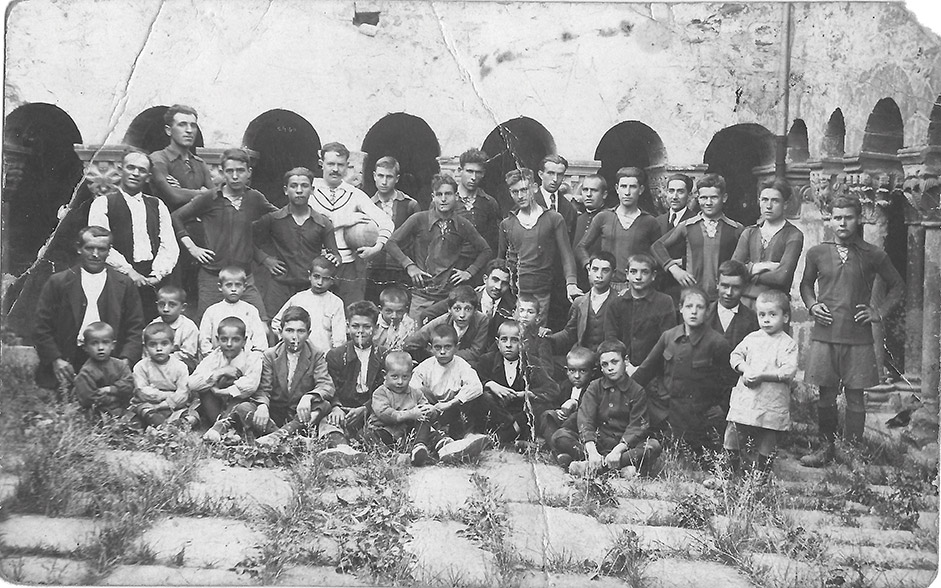
Nois al claustre del monestir.Inicis del segle XX.

